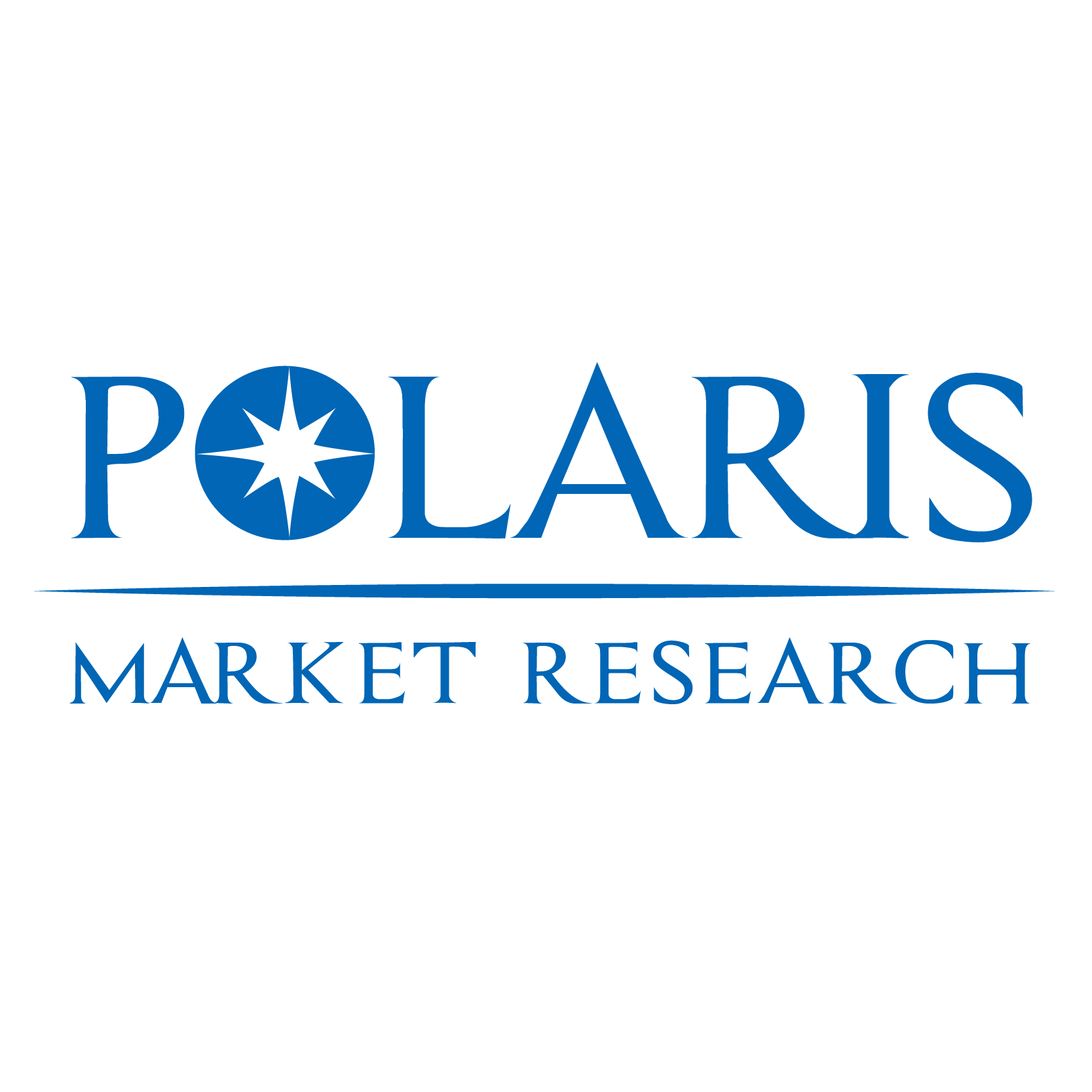Harnessing Opportunities: Unlocking Potential in the Evolving Narcolepsy Therapeutics Market
Market Summary
Global Narcolepsy Therapeutics Market size and share is currently valued at USD 3,819.10 million in 2024 and is anticipated to generate an estimated revenue of USD 7,852.93 million by 2034, according to the latest study by Polaris Market Research. Besides, the report notes that the market exhibits a robust 7.5% Compound Annual Growth Rate (CAGR) over the forecasted timeframe, 2025 - 2034
The global narcolepsy therapeutics market is experiencing steady growth as awareness of sleep disorders and neurological conditions continues to rise across the healthcare industry. Narcolepsy is a chronic sleep disorder characterized by excessive daytime sleepiness, cataplexy, hallucinations, and sleep paralysis, caused by disruptions in the brain’s ability to regulate sleep-wake cycles. Growing understanding of the underlying pathophysiology, coupled with advancements in diagnostic technologies and novel drug developments, has contributed to expanding treatment options and improving patient outcomes.
The market comprises various treatment modalities, including central nervous system stimulants, antidepressants, sodium oxybate formulations, and emerging therapies targeting orexin/hypocretin pathways. Pharmaceutical companies are increasingly focusing on research and development of next-generation therapeutics to manage narcolepsy symptoms more effectively while minimizing adverse effects. Moreover, the availability of improved diagnostic tools, increased clinical trials, and patient advocacy efforts are leading to earlier diagnosis and personalized treatment plans.
The growing prevalence of sleep-related disorders, changing lifestyle patterns, and increased stress levels are also contributing to the rise in narcolepsy cases. Healthcare systems worldwide are investing in better diagnostic and therapeutic solutions, while governments and organizations are promoting awareness campaigns to address the challenges associated with sleep disorders.
Key Market Growth Drivers
The narcolepsy therapeutics market is driven by several key factors that are enhancing treatment adoption and research advancements. One of the major drivers is the growing prevalence of sleep disorders globally. Increased screen time, irregular work hours, and lifestyle-related stress have resulted in sleep pattern disruptions, contributing to higher diagnosis rates of narcolepsy and related conditions.
Technological advancements in sleep diagnostics and neuroimaging techniques are significantly improving disease detection and understanding. Modern sleep laboratories and portable diagnostic devices have enabled healthcare providers to perform comprehensive sleep analysis and detect abnormalities at early stages, ensuring timely intervention and appropriate therapeutic management.
Pharmaceutical innovation remains a central growth factor. The development of novel therapeutics targeting the orexin (hypocretin) system represents a major breakthrough in the management of narcolepsy. Several companies are developing orexin receptor agonists that directly address the neurochemical deficiencies responsible for excessive sleepiness, providing a disease-modifying approach rather than symptom management alone.
Rising awareness and acceptance of narcolepsy as a manageable neurological disorder are also contributing to market expansion. Public health initiatives, education campaigns, and patient support groups have played a crucial role in reducing the stigma associated with sleep disorders and encouraging individuals to seek medical help. Increased collaboration between healthcare professionals and patient advocacy organizations is further promoting early diagnosis and adherence to treatment.
Additionally, favorable healthcare infrastructure and growing expenditure on neurological research are fostering the development of advanced medications and non-pharmacological therapies. Governments in developed regions are supporting research programs and funding initiatives that focus on rare and chronic neurological disorders, including narcolepsy.
𝐁𝐫𝐨𝐰𝐬𝐞 𝐌𝐨𝐫𝐞 𝐈𝐧𝐬𝐢𝐠𝐡𝐭𝐬:
https://www.polarismarketresearch.com/industry-analysis/global-narcolepsy-therapeutics-market
Market Future Scope
The future of the narcolepsy therapeutics market is promising, with continued innovation in drug development, diagnostic technology, and personalized medicine. As scientific understanding of the neurobiology of sleep continues to deepen, new therapeutic targets are emerging. Research on orexin replacement therapies, gene therapy, and neurostimulation offers potential for long-term and curative solutions for narcolepsy patients.
Digital health technologies will play a crucial role in future disease management. The integration of wearable sleep monitoring devices, mobile health apps, and telemedicine platforms will facilitate real-time patient monitoring, treatment adherence, and symptom tracking. This digital shift will enhance patient engagement and support healthcare professionals in delivering data-driven, personalized care.
Pharmaceutical companies are expected to expand their product portfolios with more effective and safer medications. Combination therapies that target multiple neurotransmitter systems are being explored to optimize symptom control and minimize side effects. Long-acting formulations and novel drug delivery methods will improve convenience and compliance, enhancing patient quality of life.
Emerging economies are anticipated to witness significant growth in the coming years due to increasing healthcare awareness and infrastructure development. As sleep medicine becomes a recognized specialty in more countries, access to diagnosis and treatment is expected to improve substantially. Collaborations between international research institutions and local healthcare providers will accelerate market expansion in regions such as Asia-Pacific and Latin America.
Regional Analysis
The narcolepsy therapeutics market shows distinct regional patterns driven by healthcare infrastructure, research capabilities, and awareness levels.
North America dominates the global market, owing to the high prevalence of sleep disorders, advanced healthcare systems, and significant investments in neuroscience research. The United States leads in terms of research and development of novel therapeutics, with major pharmaceutical players focusing on expanding their treatment portfolios. Growing awareness campaigns by organizations such as the Narcolepsy Network and the American Academy of Sleep Medicine have increased diagnosis rates and patient access to care.
Europe holds a substantial share of the market, supported by strong government initiatives, favorable reimbursement policies, and the presence of leading research centers in countries such as Germany, France, the United Kingdom, and Italy. Europe’s focus on rare disease management and neurological disorder research contributes to the region’s leadership in developing innovative narcolepsy therapies. Collaborative research programs between universities and pharmaceutical companies are fostering drug innovation and clinical advancements.
Asia-Pacific is emerging as a rapidly growing market, driven by rising healthcare awareness, expanding medical infrastructure, and increasing disposable incomes. Countries such as Japan, China, South Korea, and India are witnessing higher diagnosis rates as awareness of sleep disorders improves. Japan, in particular, has shown strong progress in developing and adopting advanced therapeutics for narcolepsy. The increasing number of sleep laboratories and specialized clinics in Asia-Pacific is expected to further boost market growth.
Latin America and the Middle East & Africa are gradually gaining attention in the narcolepsy therapeutics landscape. In Latin America, improving healthcare access and ongoing efforts to increase disease awareness are driving market potential. The Middle East & Africa, though currently at an early stage of market development, is expected to benefit from growing investments in healthcare infrastructure and collaborations with international pharmaceutical companies.
Key Companies
The narcolepsy therapeutics market features a competitive landscape characterized by ongoing research collaborations, product development, and regulatory approvals. Key players in the market include:
• Jazz Pharmaceuticals plc
• Teva Pharmaceutical Industries Ltd.
• Takeda Pharmaceutical Company Limited
• Avadel Pharmaceuticals plc
• Harmony Biosciences Holdings, Inc.
• Novartis AG
• Mylan N.V. (Viatris Inc.)
• Arena Pharmaceuticals, Inc.
• Bioprojet Pharma
• Ligand Pharmaceuticals Incorporated
• H. Lundbeck A/S
• Axsome Therapeutics, Inc.
• Ovid Therapeutics Inc.
• GSK plc
• Theranexus SA
These companies are focusing on developing innovative treatments targeting novel mechanisms, expanding product approvals in new markets, and investing in clinical trials to enhance therapeutic outcomes. Strategic alliances, acquisitions, and R&D partnerships are key strategies being adopted to strengthen market presence.
Conclusion
The global narcolepsy therapeutics market is poised for significant growth as advancements in neuroscience, drug innovation, and diagnostic technologies continue to transform the treatment landscape. The increasing prevalence of sleep disorders, growing patient awareness, and rising investments in healthcare infrastructure are creating new opportunities for pharmaceutical companies and healthcare providers.
More Trending Latest Reports By Polaris Market Research:
Anatomic Pathology Equipment & Supplies Market
Europe Textile Chemicals Market: A Volatile Organic Compound to Avert Wrinkling of Clothes
Clinical Operations and Development Market
Reciprocating Air Compressor Market


